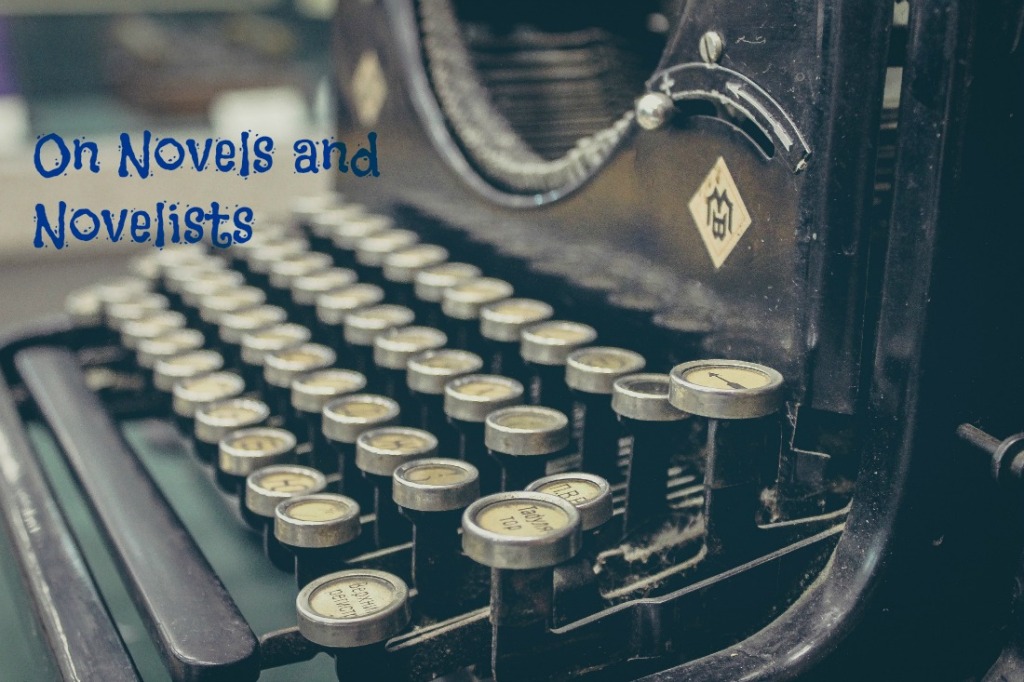John Fowles, The Art of Fiction No. 109
This article originally appeared in the Summer 1989 issue of The Paris Review. James R. Baker interviews John Fowles, author of, among others, The Collector (1963) and The French Lieutenant’s Woman (1969).
Fowles says that he was heavily influenced by the existentialists. When the interview asks if he read Jung, Fowles replies:
For me Jung has always been the most fruitful psychologist, that is, most fertile in his effects on any subsequent fiction. I suspect a straight analyst, more or less in Freud’s footsteps, would suit me better medically, if I ever needed such attention—which perhaps I do … like every other novelist!
The French Lieutenant’s Woman offers alternate endings and is considered a touchstone in novelistic approaches to narrative form. When asked about this, Fowles replies:
In a sense the young novelist finds himself in a gymnasium, with apparatus for set exercises, and wants to try his hand at some or all of them. I think it is only when he at last has mastered that side of it, that the real work, and the freedom we all fundamentally covet, become possible. Certainly I hope that in that way The French Lieutenant’s Woman marks a real change and a new openness—what the Russians now call glasnost, transparency.
There’s lots more in this long interview for you to enjoy.
AS Byatt: the artist who helps me write
In this fascinating article writer A. S. Byatt talks about how the abstract paintings of Patrick Heron influence her work:
I love Heron’s paintings because they are the opposite of stories. Writing moves on the whole from beginning to end, however much experimental writers may try to break this temporal lock. Words follow one another and there is an end. Painting is space, and writing is time, and Heron’s abstraction is at one end of that spectrum. You can close a book. There is no reason ever to stop looking at a painting… . I have come to think of my writing as a moving screen of images which I use to see what is unbalanced, what needs elaborating, what is overdone. I need to know something about the whole form of a novel – changing as I work.
Time to read a good long book
Writing in The Irish Times Eileen Battersby encourages us to indulge ourselves this summer by reading a good long book. No audiobooks or ebooks for her: “All hail The Book as it was meant to be read – as a book, between covers.”
Here are her suggestions:
- Independence Day by Richard Ford
- East of Eden by John Steinbeck
- Vanity Fair by William Thackeray
- The Vienna Melody by Ernst Lothar
- Exodus by Leon Uris
- Skippy Dies by Paul Murray
- The Lord of the Rings by J.R.R. Tolkien
- The Once and Future King by T.H. White
- The Alexandra Quartet by Lawrence Durrell
- Bleak House by Charles Dickens
- Parade’s End by Ford Maddox Ford
- Middlemarch: A Study of a Provincial Life by George Eliot
- The Goldfinch by Donna Tartt
- Buddenbrooks by Thomas Mann
Truth Clothed in Fiction
I loved David Mitchell’s novel Cloud Atlas, although I suspected that there were lots of layers of meaning that I wasn’t even beginning to scratch as I watched the interlaced stories unfold. In this piece Freddie Pinheiro discusses that novel in relation to Italo Calvino’s If on a Winter’s Night a Traveler, which David Mitchell has acknowledged as the primary inspiration for his book:
The level of metafiction Mitchell achieves through his characters’ skepticism points to Calvino’s influence, namely, in the idea of authorial immanence. By pointing to his own stories’ artificiality through his characters, Mitchell creates another character: the authorial Mitchell, distinct from the actual David Mitchell. The authorial Mitchell appears in the story as the creator of myths, the one Frobisher accuses of fabricating “The Pacific Journal.” Indeed, each of Atlas’ stories fits too snugly into its genre; whether travelogue or action-packed detective novel, the stories seem specific types generated by a “realm of forms.” In this way they emulate the motif of clouds, randomly generated, almost indistinguishable, yet unique formations.
Top 10 gleeful adulterers in literature
As relief from all the other dense material here, Eliza Kennedy presents some lighter-hearted fare:
As well as the characters whose cheating brings on their doom, there is another set of literary sinners whose forbidden erotic adventures bring them much happiness. From Zeus to Rabbit Angstrom, these are the ones I love best
See what she has to say about these lusty characters:
- Abraham in the Bible
- Zeus in pretty much every Greek myth
- Francesca and Paolo in Dante’s Inferno
- Nicholas and Alison in “The Miller’s Tale” by Chaucer
- Henry Crawford in Mansfield Park by Jane Austen
- Newland Archer in The Age of Innocence by Edith Wharton
- Edna Pontellier in The Awakening by Kate Chopin
- Molly Bloom in Ulysses by James Joyce
- Rabbit Angstrom in Rabbit, Run by John Updike
- Ada Vinelander in Ada, or Ardor by Vladimir Nabokov

